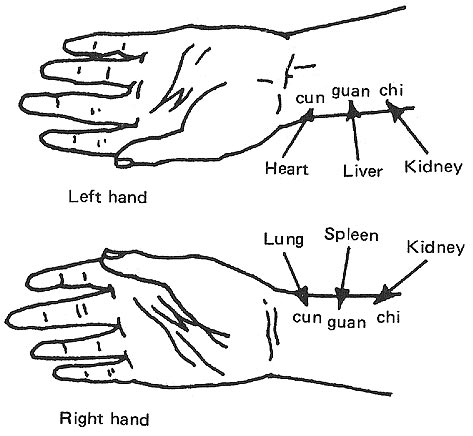
A patient recently passed along a great tip for swollen ankles and I thought I'd share it here. It's simple and easy to do (and I've heard it makes your house smell wonderful).




Raindrop Technique was developed by Gary Young in the late 1980s. It is a treatment that combines light massage techniques, therapeutic grade essential oils, heat application and stretching with the intention of affecting the body on a cellular level.
This technique is based on growing research that spinal deformities, inflammation, and back pain are linked with bacteria and virus lodged around the spine.
"Studies at
Essential oils are some of the most powerful inhibitors of microbes known because they come from a natural source. The essential oil is basically what the plant uses to defend itself against bacteria, virus, and other attackers. This is why most essential oils are antibacterial and antiviral. When using therapeutic grade essential oils like Young Living it is important to note that the oils can be taken internally, applied topically without dilution, or inhaled. Raindrop uses the French essential oil neat application (without dilution).
Essential Oils used and benefit:
>> Basil: powerful antispasmodic, antiviral, antibacterial, anti-inflammatory, muscle relaxant
>> Thyme: anti-aging, highly antimicrobial, antifungal, antiviral, antiparastic
>> Oregano: anti-aging, powerful antiviral, antibacterial, antifungal, antiparasitic, anti-inflammatory, immune stimulant
>>
>> Marjoram: antibacterial, antifungal, vasodilator, lowers blood pressure, promotes intestinal peristalsis, expectorant, mucolytic
>> Peppermint: anti-inflammatory, antitumoral, antiparasitic (worms), antibacterial, antiviral, antifungal, gallbladder/digestive stimulant, pain relieving, curbs appetite
>> Wintergreen: anticoagulant, antispasmodic, anti-inflammatory, vasodilator, analgesic/anesthetic, reduces blood pressure
>> Aromaseiz: An advanced complex of anti-inflammatory, muscle relaxing essential oils that promote circulation and treat spasmed, tight, inflamed, aching muscles. (Contains basil, cypress, marjoram, lavender, peppermint)
>> Valor: balances energies to instill courage, confidence, and self-esteem. It helps the body to self-correct its balance and alignment (contains rosewood, blue tansy, frankincense, spruce)
The above essentials oils are dropped along the spine like raindrops 6-8 inches above the body in a specific order and then lightly massaged into the muscles along the spine. Vitaflex (similar to the concept of reflexology) can also be preformed to massage the essential oils into the reflex point of the spine on both feet. A warm, moist compress is applied to the back to allow the benefits to magnify. Light stretching is also utilized during the session to increase mobility and allow the oils to penetrate deeper.
It is said the oils continue to work in the body for up to seven days after a treatment. As you can see from the benefits of the oils used this is a great preventative treatment not only for pain but to keep the immune system strong against bacteria and virus during the cold and flu seasons.
Sarah Zender LAc
Whole Health Acupuncture
www.wholehealthprograms.com
